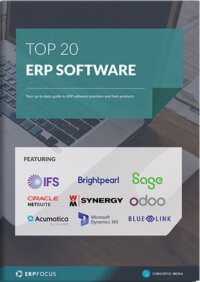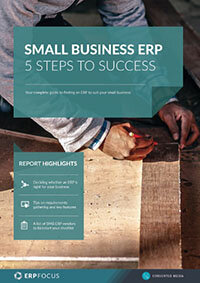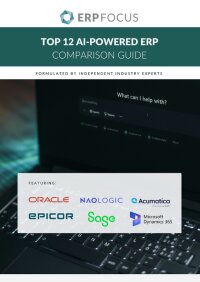Real life experiences: Oracle vs SAP
I used SAP extensively and remember some key tips from that time. Navigating SAP can be daunting at first; you might click through multiple levels of menus (“up, up, across, down…”). Tip: typing the transaction or screen code jumps straight to the desired function. There are virtually endless controls, too – like a Formula 1 car, almost everything can be tuned to get the exact outcome you need.
My Oracle experience is more limited, but I found it easy to use and user-friendly for such a comprehensive ERP. For example, I once arrived at a warehouse filled with half-assembled pallet racks and hundreds of pallets scattered on the floor. We needed to quickly break down those pallets into their parts so the parts could be stored and used for production.
Once Oracle ERP was up and running on our terminals, useful information was readily available. We were a small team brought in to restart the business; none of us had worked there before or had any Oracle experience.
Despite the learning curve, Oracle was fairly easy to pick up. We tracked inventory by lot and revision levels, then leveraged the old forecasts and orders (even though the data was stale) along with “where-used” reports to categorize the inventory quickly.
Use this free online comparison tool to compare Oracle and SAP with other ERP systems
Feel free to use the links below to navigate to a specific section of our Oracle vs SAP comparison:
- Key comparison points
- Customization and flexibility
- Cloud vs. on-premises
- Industry focus and offerings
- Database and architecture
- Track record
- User experience
- Future support
- Key takeaways/TL;DR
SAP vs Oracle: Key comparison points
Below are some of the main ways SAP and Oracle ERP differ:
- Market share: Recent industry analysis shows Oracle and SAP each hold roughly 6.6% of the global ERP applications market. In 2024, Oracle generated about $8.7B in ERP revenue (6.63% share) versus SAP’s $8.6B (6.57%). (Historically, SAP often led with a larger ERP share, but Oracle has just edged ahead.).
- Implementation time: Project durations vary by scope and team, but studies suggest SAP implementations tend to finish faster at 4 months on average vs. Oracle at 22 months. (Note: Cloud/SaaS deployments will likely be shorter than on-prem ones.)
- Cost and ROI: SAP ERP generally has a higher total cost of ownership. Analysts report that SAP customers spend around 4% of their annual revenue on ERP, while Oracle customers spend closer to 1.7%. That said, SAP users often activate more modules, and some businesses find long-term value in its depth. Oracle users, meanwhile, report quicker returns on investment, especially in cloud deployments.
Customization and flexibility
Both systems are highly customizable. SAP lets you change many parameters and extend with ABAP code, so almost any business process can be accommodated. (Be aware that many SAP transaction codes use German abbreviations or unique naming, which can be confusing at first.).
Oracle ERP is also configurable and offers modular apps that companies can tailor. In either system, heavy customizations are possible, but they should be managed carefully to avoid upgrade issues.
Cloud vs. on-premises
Oracle Fusion Cloud ERP was built as a cloud-native SaaS suite from the ground up, with continuous quarterly updates.
SAP’s flagship ERP (S/4HANA) originally ran on-premises or private cloud; SAP now offers it in the cloud as well, blending legacy and new cloud modules. Oracle claims its unified cloud architecture lets users “close the books” roughly twice as fast as SAP, thanks to machine-learning automations and reduced manual reconciliation.
SAP continues to improve its cloud features (e.g., intelligent RPA in S/4HANA), but customers sometimes report slower month-end cycles if legacy processes aren’t updated.
Industry focus and offerings
Industry focus and offerings: SAP traditionally built its ERP software in-house (from R/3 to ECC to S/4HANA). It is known for large multinational deployments, with rich industry-specific functionality and a single integrated suite. SAP also offers products for smaller businesses (SAP Business One, ByDesign).
Oracle, by contrast, grew ERP capabilities by acquiring other products (e.g., PeopleSoft, JD Edwards, Hyperion, NetSuite).
Today, Oracle’s portfolio serves both large enterprises and mid-market companies. Each vendor has modules across finance, supply chain, HCM, and more, though packaging and specialization can differ (for example, Oracle has integrated its Cerner acquisition for healthcare clients).
Database and architecture
Oracle started as a database company; its ERP runs on Oracle DB by default. SAP ERP can run on various databases (historically Oracle, IBM, Microsoft, and now SAP’s own HANA). SAP’s S/4HANA is optimized for the HANA in-memory database.
Oracle’s complete stack (Fusion ERP, EBS, etc.) is optimized for Oracle’s database and cloud platform. This difference can affect integration and licensing (for instance, some SAP customers pay Oracle DB licensing fees, while Oracle ERP customers use Oracle DB natively).
Track record
Both SAP and Oracle have experienced high-profile ERP implementation failures and successes. SAP’s failures (e.g., Hershey’s holiday season rollout) are widely publicized, and Oracle/EBS had notable issues (e.g., early PeopleSoft integration glitches).
On the other hand, each has hundreds of successful large deployments that are less visible. In short, both systems are proven at scale, but they require careful implementation management.
User experience
SAP’s interface is powerful but can be complex (lots of nested menus and codes). Many long-time SAP users master navigation with transaction keys.
Oracle’s modern cloud interface tends to be more intuitive for new users, with a focus on dashboard analytics and guided flows. Both vendors continue to build upon their AI assistants and chatbots to improve user support and experience.
Future support
SAP ECC 6.0 support ends in 2027 (extended to 2030 for many users), and S/4HANA promises long-term support through 2040.
Oracle has committed to continuing support for its suites (EBS, JDE) through at least the 2030s, but many clients are migrating to Oracle Fusion Cloud ERP. It’s worth noting that SAP and Oracle are both pushing toward cloud adoption, but the paths differ. Oracle positions itself as a cloud innovator with fewer legacy ties, while SAP is balancing modern tools with its deeply integrated traditional systems.
Key takeaways
Overall, the difference between Oracle and SAP comes down to your business needs. SAP’s strength is a single-vendor solution with deep built-in functionality, favored by very large and complex organizations.
Oracle’s strength is a broad, cloud-first suite (plus acquired best-of-breed products) that aims for faster innovation cycles. Choosing between them requires comparing feature fit, total cost (licensing and ongoing fees), implementation risk, and existing IT skills. Recent trends show Oracle slightly leading in market share, but both vendors continue to invest heavily in AI and cloud features.
Free white paper
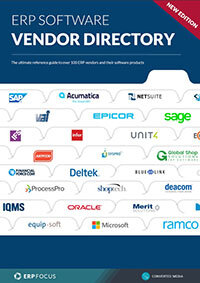
ERP Software Vendor Directory
Put the most comprehensive ERP vendor directory on your desk today
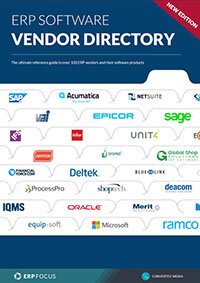
Featured white papers
Related articles
-

AI ERP systems: Intelligent solutions by business size
Learn how AI enhances ERP processes with predictive analytics, automation, & more. Includes recom...
-

Secret KPI: Why Your ERP Implementation Team Matters More Than Software
Learn how Godlan ensures successful ERP implementation for manufacturers with proven strategies &...
-
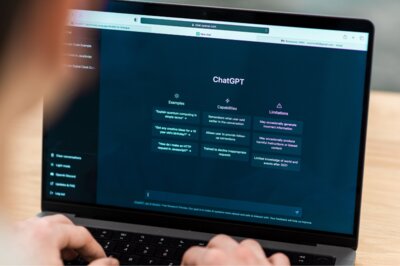
Intelligent ERP systems: What AI can (and can’t) do
What AI in ERP really means for buyers in 2025


